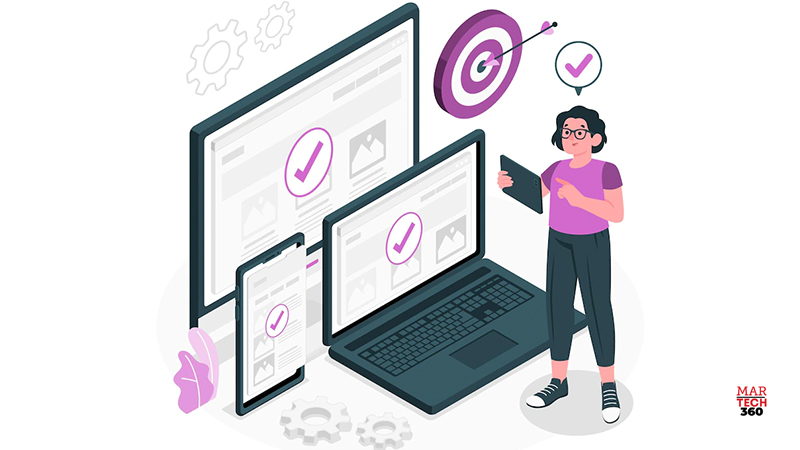Consumers are hanging on to their pandemic streaming habits. This elevates Connected TV (CTV) as a critical channel for reach – which, it turns out, is just in time for the rebound of many marketers getting back into the market. Healthcare, retailers and especially the political midterms will mark an end-of-year promotional season that is likely to be as active as we’ve ever seen.
CTV at scale is opening the door to a multi-screen advertising experience where savvy marketers can reach their target audiences digitally across several platforms at once. CTV, desktop, mobile, social, etc. are all in play – but effective management of audience integrity becomes more important than ever. Over-serve, under-serve, optimization, and especially unique user reach are all going to impact the efficacy and ultimate success of a campaign.
The dynamics of managing a multi-platform audience was complicated enough when it was display and social, and the walled gardens were cooperating. With CTV, however, the mix (and a marketer’s cost) changes. Advertisers’ first-party or special purpose target audiences can be reached across platforms simultaneously, but the risk of inundating a subset of the target audience with the same message is not only real – it is costly. How can they ensure they are being efficient with their expensive CTV spend?
Audience-based cross-platform frequency capping
In any campaign, a primary goal is unique user reach. Frequency capping is a tactic to optimize for that goal, since it helps to avoid over-spending on a hand full of super-active audience members on one or more platforms.
Each platform has a unique impression identifier (ID) for privacy reasons. Who was served an ad on any given platform has a specific ID that is used to manage how many times that person is served the ad, but only on that platform. While we know this, the roadblock to frequency capping across platforms is an active process to resolve the multiple platform IDs to a marketer’s target audience of unique users fast enough to mitigate the waste.
Some believe the solution is a common ID for a user that can be resolved by the marketer across platforms, which is essentially a proxy for a cookie. That doesn’t address the necessity of fast processing, nor does it offer any efficacy if the common ID doesn’t offer adequate coverage in both the initial audience build as well as to the resolution of impressions. What it gives us is a predictive result.
So, what’s missing? Ideally, the answer is direct access to a cluster of platform-specific identifiers for each user that resolves to members of each marketer’s audience. It is an advertiser-controlled feature for each multi-platform campaign where impressions are aggregated by a service across all platforms in a campaign. When thresholds are reached, audience members are promoted to a new segment or retired from the original audience across all platforms. The notion of promoted audiences, moving audiences to new segments once they hit their cap, can also serve storytelling purposes if automation triggers a walk down the marketing funnel and advances the messaging to the audience toward a conversion.
Audience-based frequency capping for multi-platform campaigns is one method for mitigating waste. It can be an especially effective way to control higher-risk spend profiles such as that posed in CTV. It can also provide a multiplier effect to the effectiveness of a campaign with the objective to accelerate reach to as many unique users as possible, all while building a story about the product or service with those who have been engaged.
As CTV continues to gain momentum, the economic benefits of multi-platform targeting will create new methods for engagement and improve the quality of consumer (and business) marketing. Unique user reach and quality of engagement can push a targeted prospect down the funnel by opening up the automation of sequential creatives and messaging.


Comments are closed.